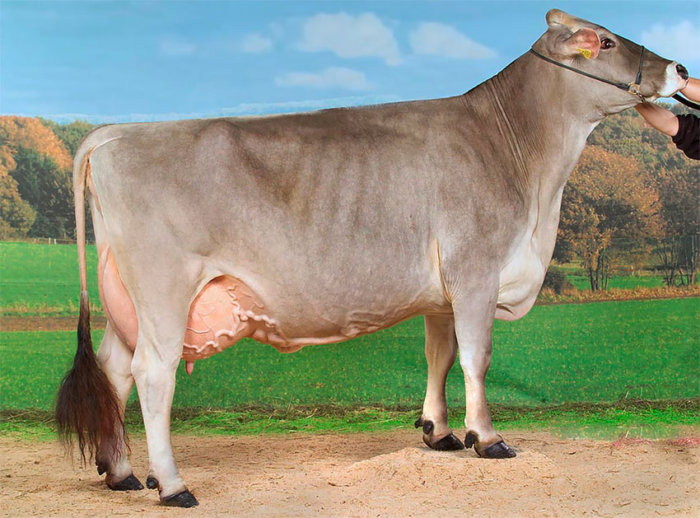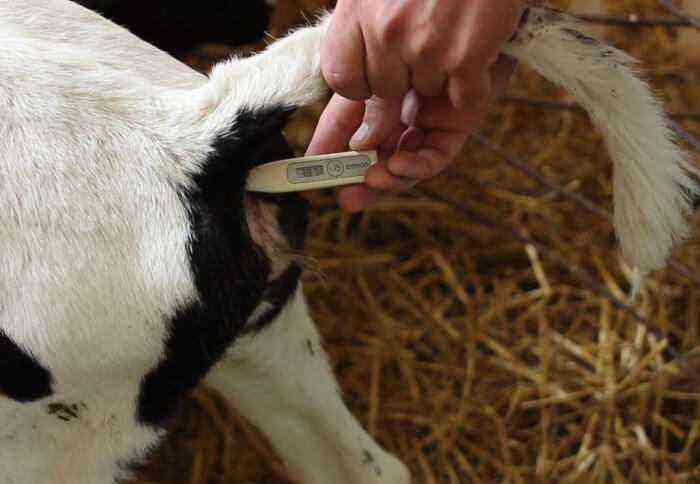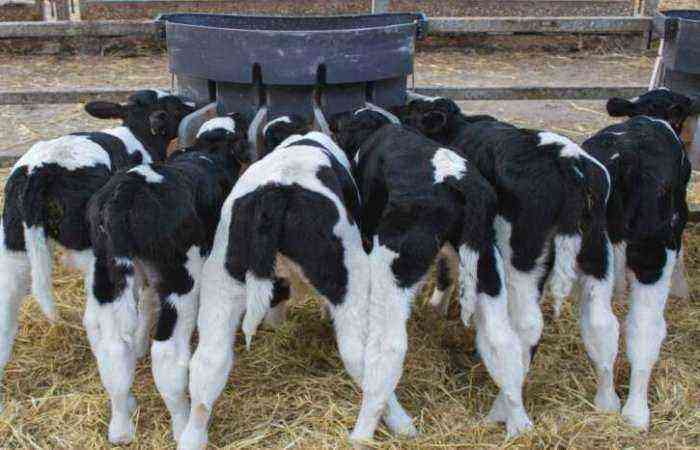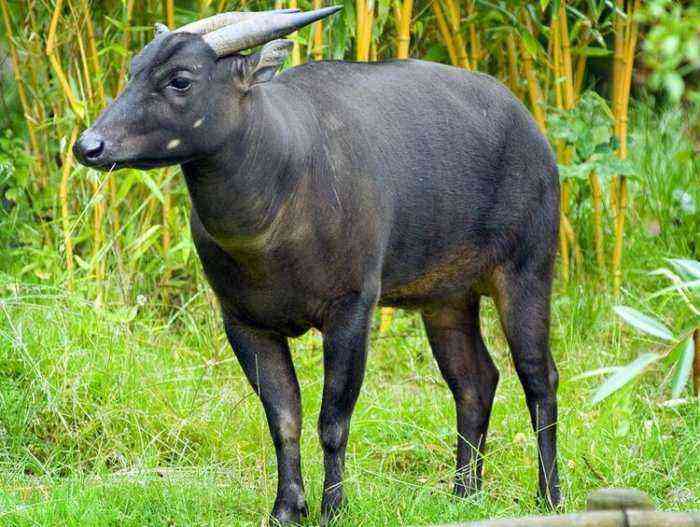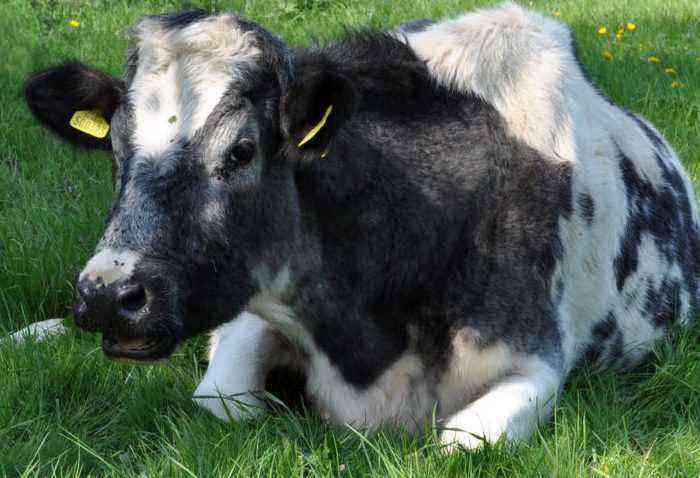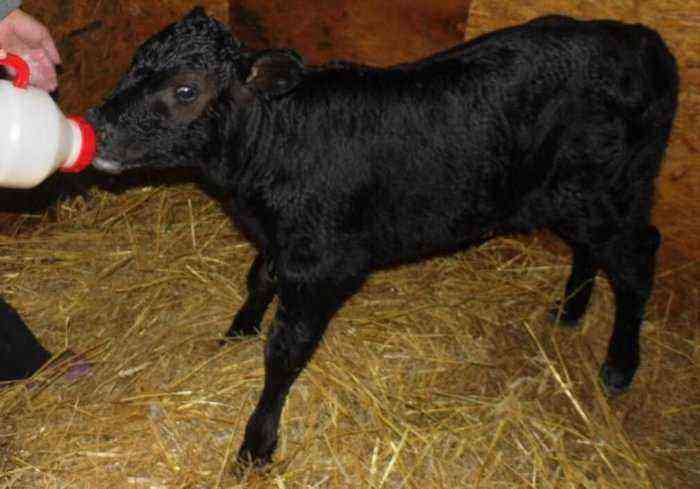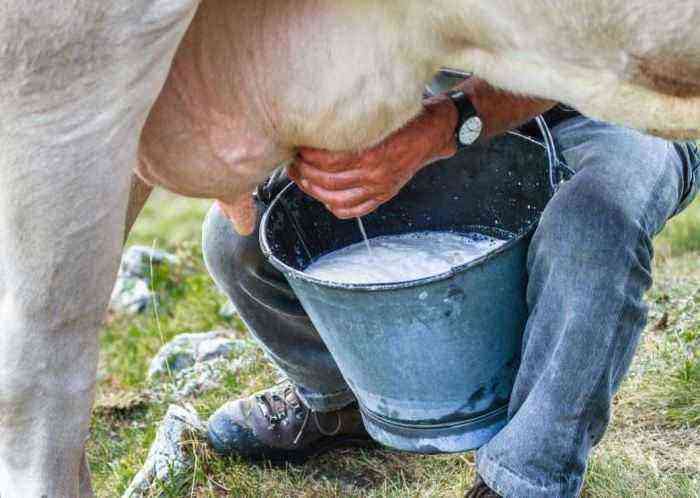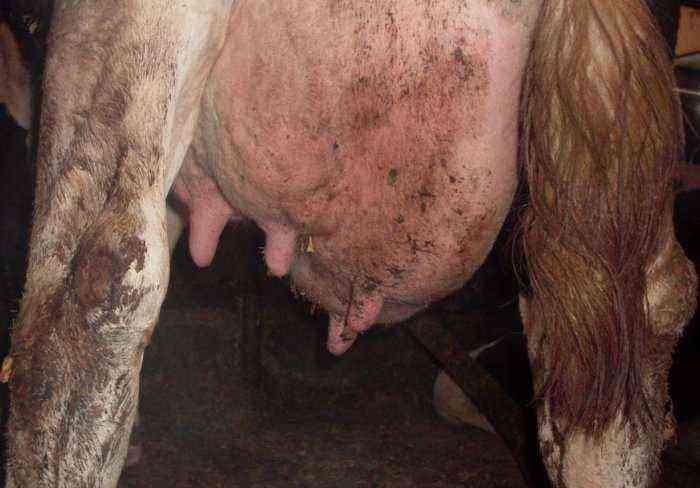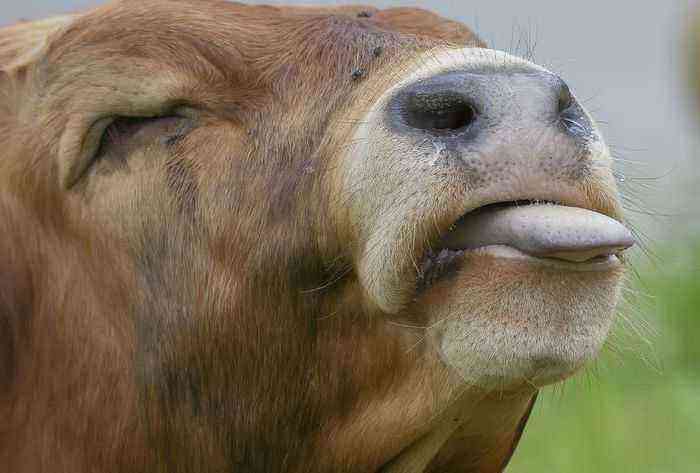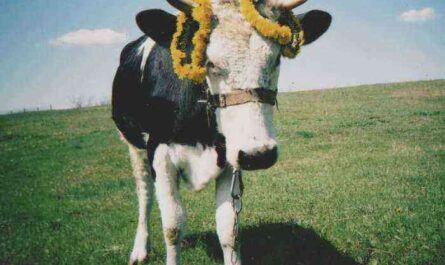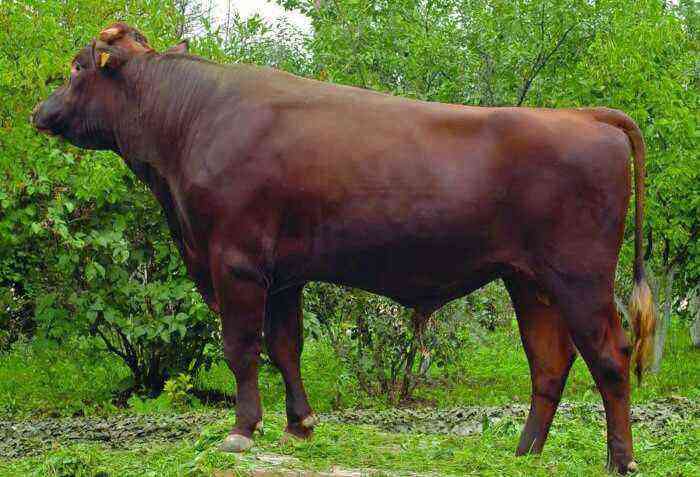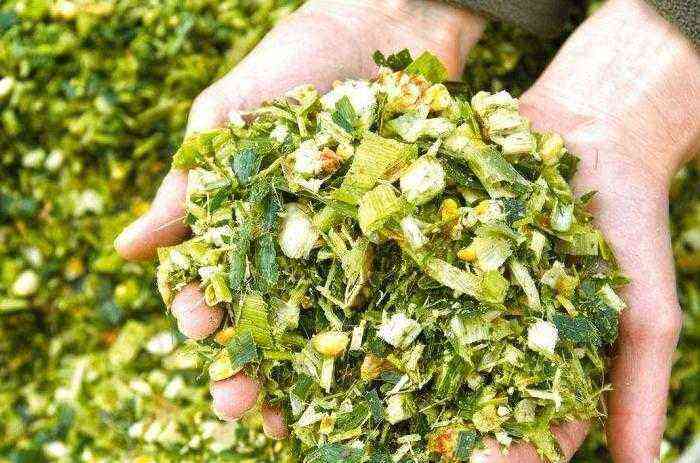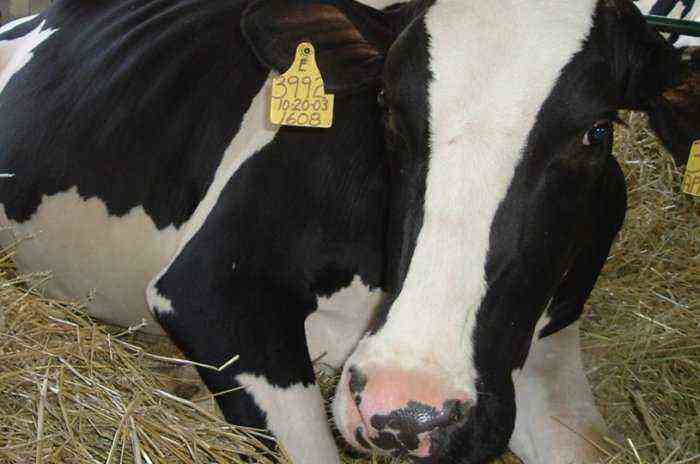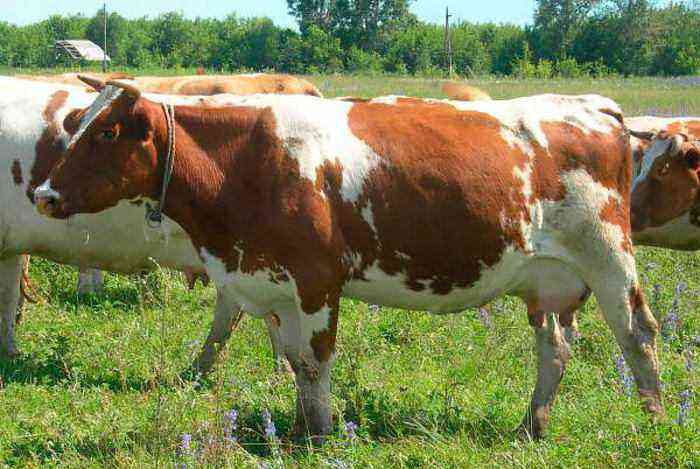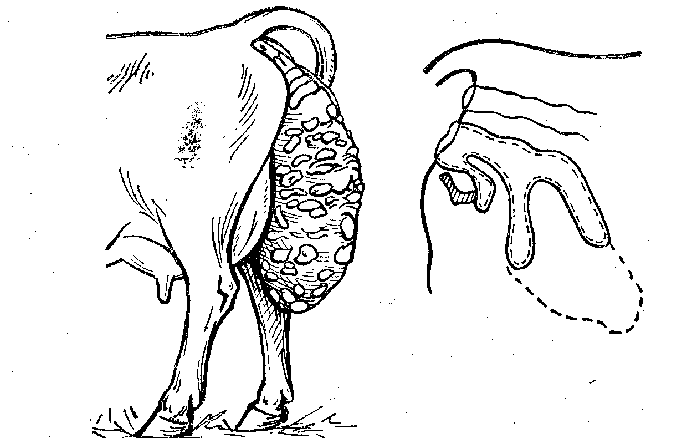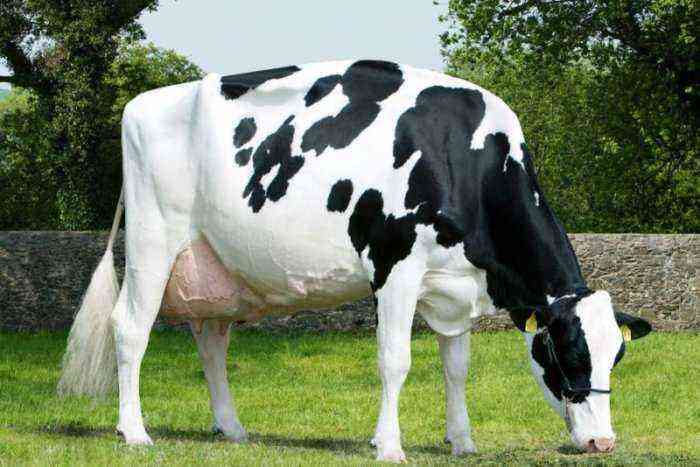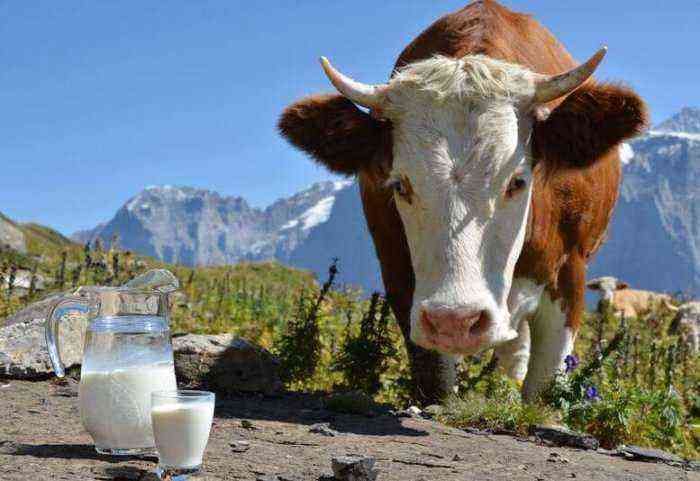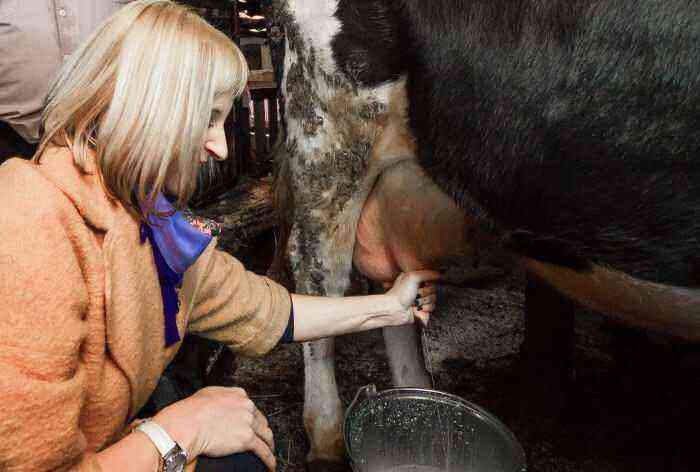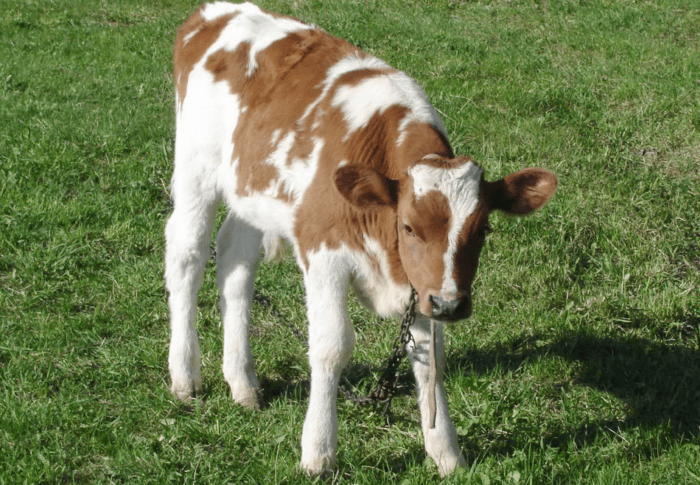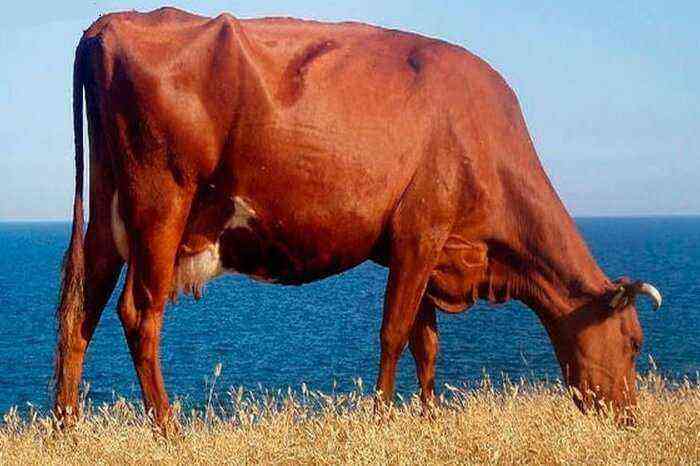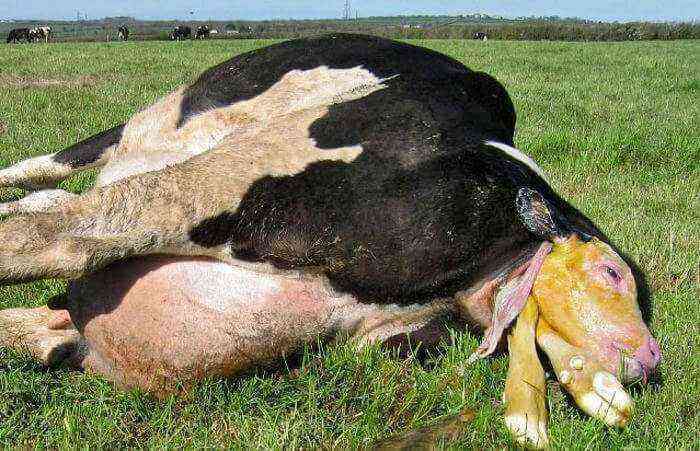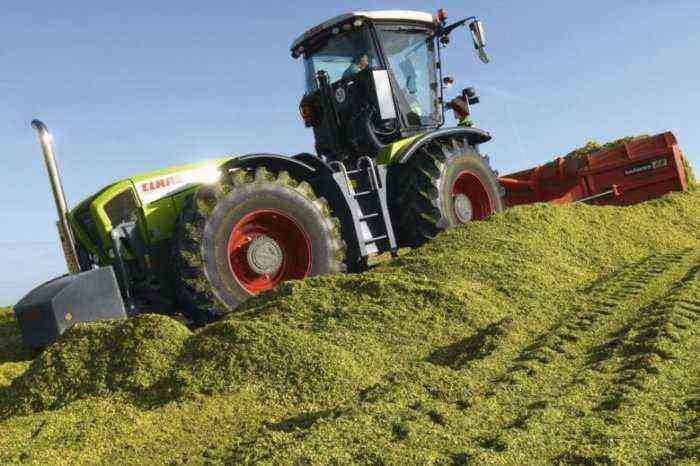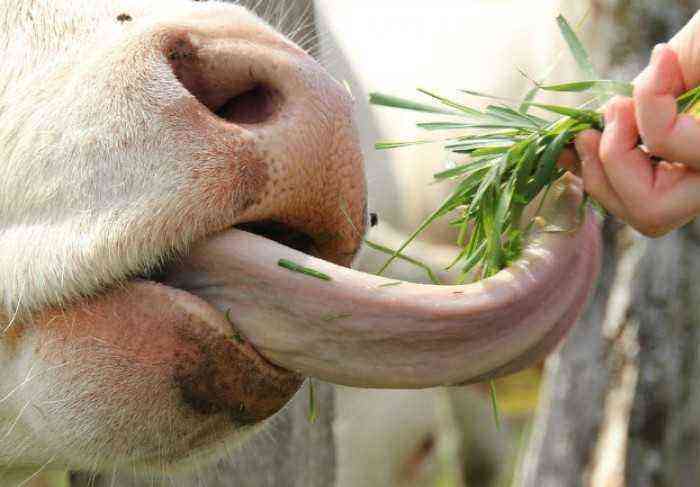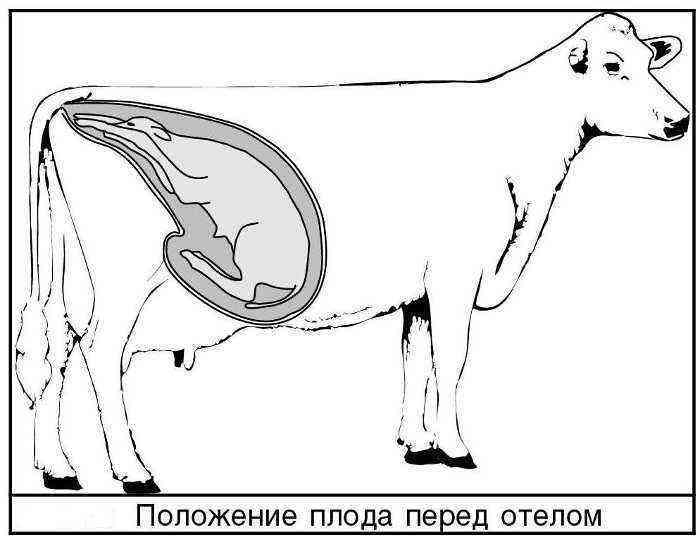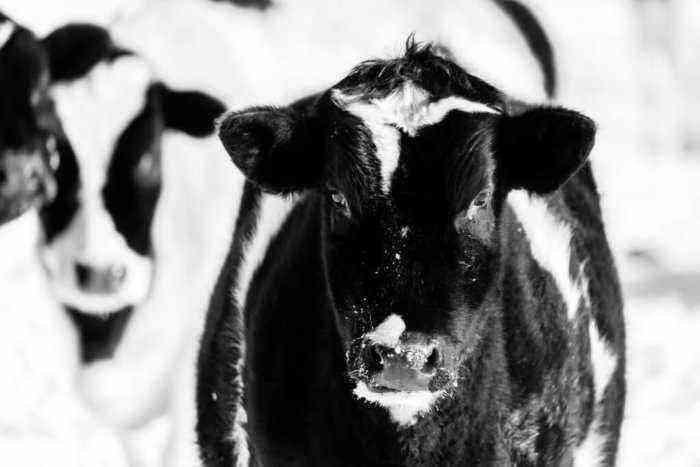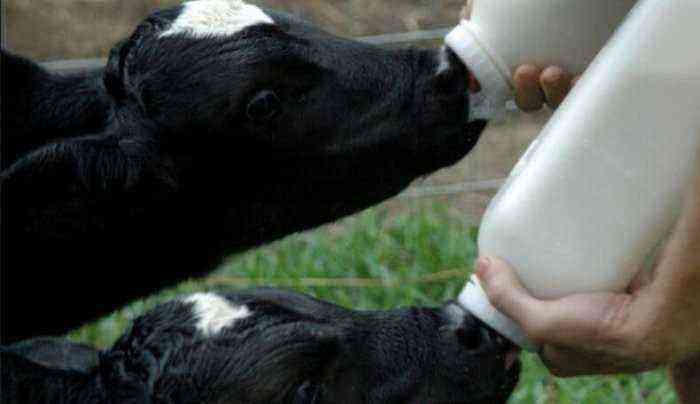There are many breeds of cattle that are distributed throughout the world. For example, the Brown Swiss breed of cows is distinguished by excellent health and high productivity, which is very important for farmers.
Swiss cow
Characterization
Origin
Schwyz breed, according to experts, originates in Switzerland. This species is indirectly related to the short-horned cattle that have lived in the country for a long time. The main distinguishing feature is that the breed quickly gets used to the new conditions of the area.
At first, farmers wanted to get from the Swiss cow not only meat and milk, but also free labor for plowing the land, however, after this need was no longer needed, this species began to be valued precisely because of the large amount of milk and tasty meat.
Employees in the field of breeding did a good job and selected the most effective individuals, and after these animals already got to Italy, Austria and Germany, where they became very popular. At the end of the last century, the species was introduced to the United States and is now distributed throughout Europe.
Appearance
The cow of the Swiss breed, like another representative of the milk and meat type, has a good physique and a proportional skeleton, so the body of the animal is slightly elongated, and the muscles are moderately developed.
Swiss cow
Generally speaking, Swiss cows turned out to be harmonious and proportional, while they also have other appearance characteristics:
- strong bones;
- large body;
- the width of the withers is considered to be of medium size;
- the neck is small but muscular;
- limbs of the correct form;
- hooves are well resistant;
- the surface of the skin is quite elastic;
- shades of wool are different, but the color is brown.
Interestingly, history and various environmental factors have greatly influenced the productivity and appearance of the breed. For example, in Germany and Austria, its smaller representatives are found, and in France or Italy you can encounter a very large animal.
Productivity
The milk of this breed is almost never used for pasteurization. It is drunk immediately, or left for the manufacture of elite varieties of cheese.
Since the health of the Swiss individual is considered excellent, it has good productivity and is divided into three subtypes:
- Milk and meat.
- Meat and dairy.
- Dairy.
One cow of this variety is capable of producing up to 3,5 tons of product, the fat content of which is about 3,6%. The protein content in milk is about 3,6%. Cows are able to produce about 10 tons of milk drink in one year.
At birth, a Swiss calf weighs 40 kg. With good care and proper nutrition, by 6 months he weighs about 250 kg, and at the age of 18 months – about 360 kg.
Swiss calf
An adult has a weight of 500 to 800 kg, while bulls can reach 1,1 tons in weight.
Reference. On the day, young animals gain weight from 800 grams to 1 kg. The slaughter yield is, on average, 55%, but this largely depends on the weight of the animal, its age and fatness.
Pros and cons of breed breeding
The main advantages are:
- good health and strong immunity;
- fast maturation;
- reproductive function at a high level;
- the character is calm and flexible;
- quickly gets used to different weather conditions.
But with all the advantages, the Swiss cow also has its drawbacks:
- in feeding requires special selection and painstaking;
- milk output is considered low intensity;
- since the udder often has an irregular structure, it becomes impossible to milk a cow with a machine.
Cow Improvement Methods
Since the end of the last century, American breeders have been working to increase the mass of Swiss cows by crossing them with Jersey bulls.
In Russia, they worked on increasing the amount of milk that one animal can produce. So by 2003, the “Smolensk” variety of Swiss horned was officially registered. Over time, such subspecies as Lebedinsky and Kostroma were bred.
The main goal of breeders is to create a perfectly symmetrical shape of the udder, so if successful, the milk flow rate will increase up to 2 liters per minute. If, over time, breeders succeed, then the Swiss cow will take one of the leading positions in terms of milk volume per minute.
